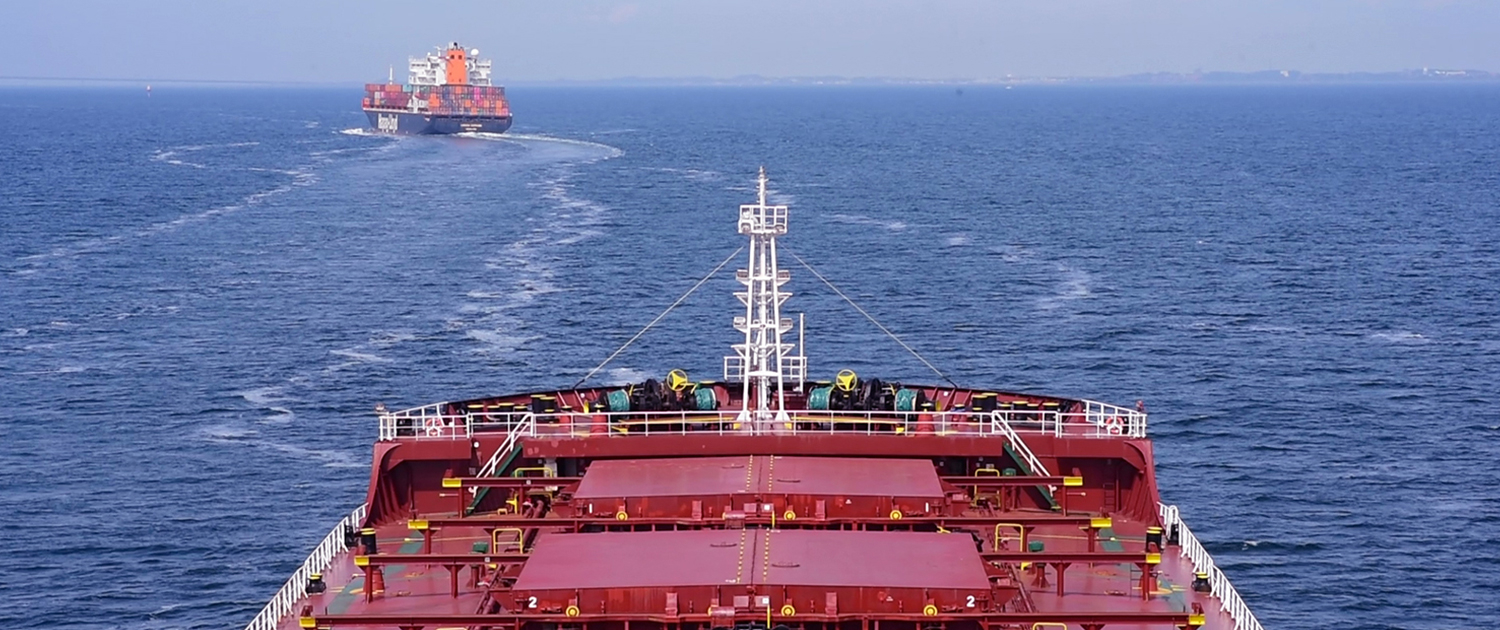Tales
Welcome to the focused world of the Danish Pilot Service, committed to safety, conducted by simplicity. From booking, to transiting, to completion of pilotage, we aim to convey the entire process in a clear and uncomplicated manner.
Pilotage in Danish waters
Two to Tango
The Danish Pilot Service focuses on Tango, the only route into and out of the Baltic for ships with a draught in excess of eight metres – in other words sizable cargo carrying vessels. The route from the Atlantic to the Baltic ports looks like a vast expanse of water, on the surface. Underneath it is a potentially disastrous maze of mud banks and shallow trenches.
Eight-five million people live within an hour’s drive of the Baltic coast, a considerable market for global trade. Within three hours that number grows to 200 million. Geology has been kind to the Baltic states, underground there are vast natural mineral resources, above ground forests of timber provide the materials for heating and furnishing much of the world. The gateway to and from the Baltic is a 290 nautical mile (540 km) line from Skagen in the north to Gedser in the south. The vessels maneuver a complicated zig-zag, avoiding mud banks and taking around 24 hours in three pilot shifts.
Love my job
‘The job of the pilot as I see it,’ says Frank Schmidt of the Danish Pilot Service, ‘is not to take over the ship, the responsibility always lies with the captain, but it’s up to the pilot to insure safe passage. The captain and the coxswain know exactly how their ship handles, I know where the best route is. It is a cooperative task.’
Once on board the pilot only has moments to assess the vessel. It is years of maritime experience that allows an immediate understanding of the way to complete the task. Into the constants of handling, draught and optimal speed are added the currents, the weather, the amount of traffic. There are no white lines in the middle of the seaway, opportunities to safely save time are constantly gauged. ‘The most important thing is to think ahead,’ says Frank as he builds up an instant report with the coxswain and captain.
Piloting is mandatory in many cases – the IMO stating that the ship’s draught and cargo determine if they must be employed. The pilots are also called upon purely to safeguard the vessel when the crew are in unfamiliar waters. Even military vessels on occasions request pilotage, the cost in seeking civilian help outweighing the potential loss of prestige and financial embarrassment of being towed off a mud bank.
All the world’s water gathered into a single sphere would sit on top of France and Germany; all the water in the channels around Denmark would fit into a 9.3km cube. The maximum draught on the other two sea routes into the Baltic the Øresund (8 mts) and Little Belt (5 mts) means that the route under the Great Belt Bridge and past the strait separating Lolland and Langeland is the only real option for today’s super container ships, bulk carriers and tankers – the three most common forms of vessels.
Video
‘I love my job,’ join Frank on a typical work day, this time onboard MV Icarus carrying 72,440 tonnes of iron ore from northern Sweden to China with a draught of 14.7 metres.
